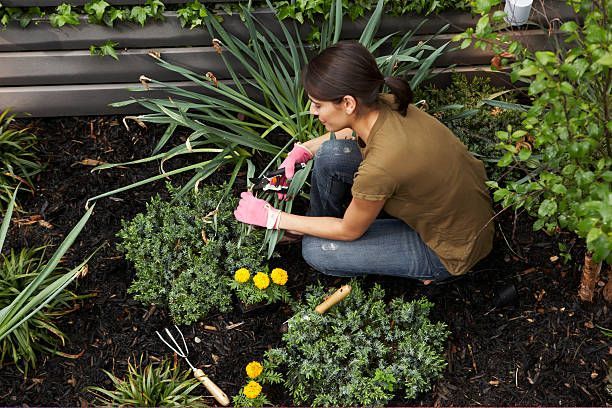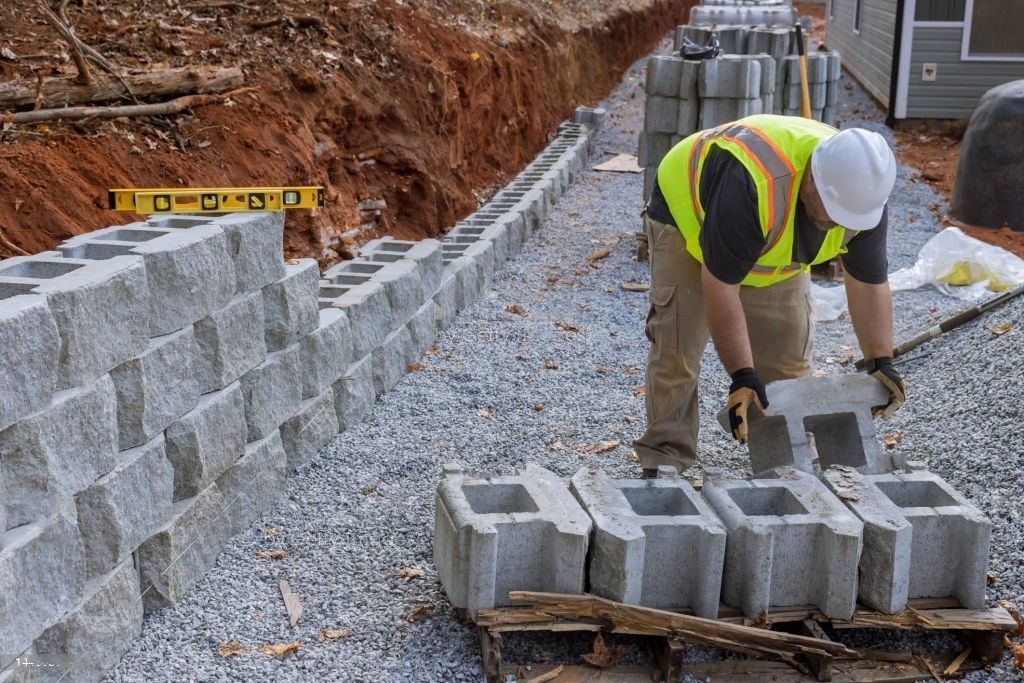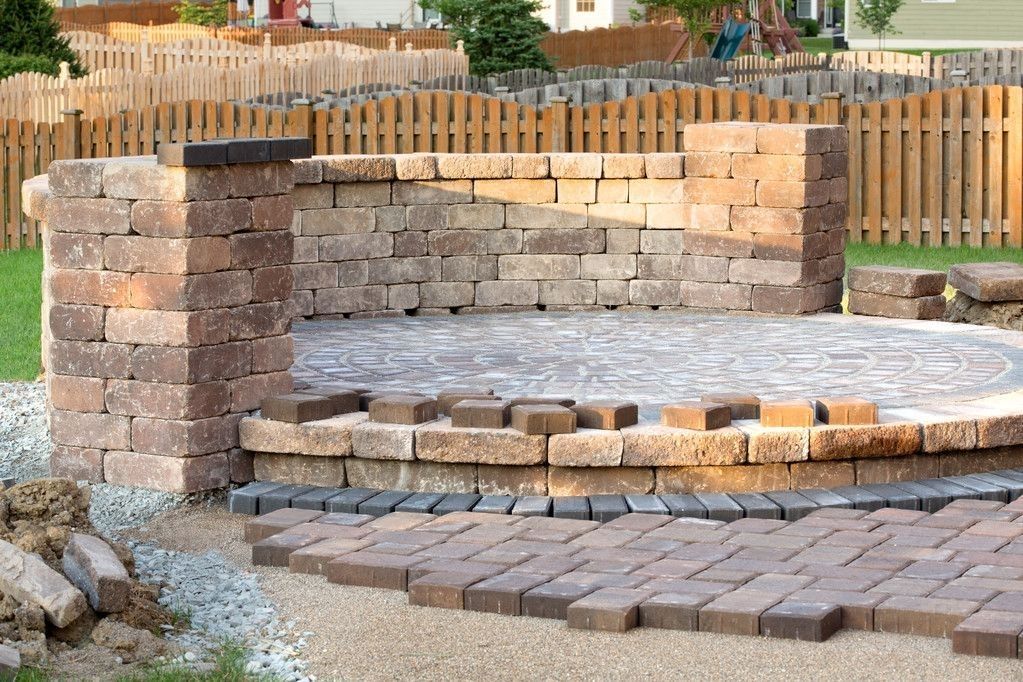Drought-Resistant Landscaping: Tips to Create a Sustainable Outdoor Space
Choose Native Plants
Selecting native plants is one of the most impactful steps you can take towards achieving successful drought-resistance on your property.
Native species have adapted over time to thrive within their particular region without excess watering or fertilizers.
Their deep roots systems also help them stay healthy throughout extended dry spells by tapping into underground moisture sources.
Incorporate Hardscaping
Hardscapes refer to any non-living elements of your landscaping, such as rocks or paving stones. These features can be used strategically to reduce watering needs and promote drought-resistance.
Hardscaping is particularly useful in areas where it may not be practical to grow plants that require frequent irrigation.
Additionally, permeable hardscaping materials like gravel allow water to filter through the ground rather than run off into storm drains.
Mulch Regularly
Mulching around plant beds helps prevent evaporation from soil surfaces by holding onto moisture.
Mulches also help regulate soil temperatures and prevent weed growth which can compete with your carefully selected plants for precious resources.
A good rule of thumb when mulching is applying a two-to-three-inch layer over exposed dirt.
Group Plants by Water Needs
An often-overlooked technique when it comes to creating drought-resistant landscapes is grouping plants according to their water requirements.
This method - called hydrozoning- ensures that each selection gets just the right amount of hydration necessary without excess.
Capturing Rainwater & Graywater
Rain barrels are an effective way of capturing rainwater which can be used to irrigate your landscape. Graywater, that is the relatively clean wastewater generated from activities like laundry or dishwashing, can also be repurposed for irrigation purposes.
Some municipalities offer incentives for installing these systems on residential and commercial properties.
Adjust Your Lawn
Lawns require a lot of water upkeep in order to look healthy.
If you want to maintain this classic landscaping feature while still promoting environmental responsibility, consider reducing its size.
You could even replace it with low-maintenance ground covers or drought-resistant plants



